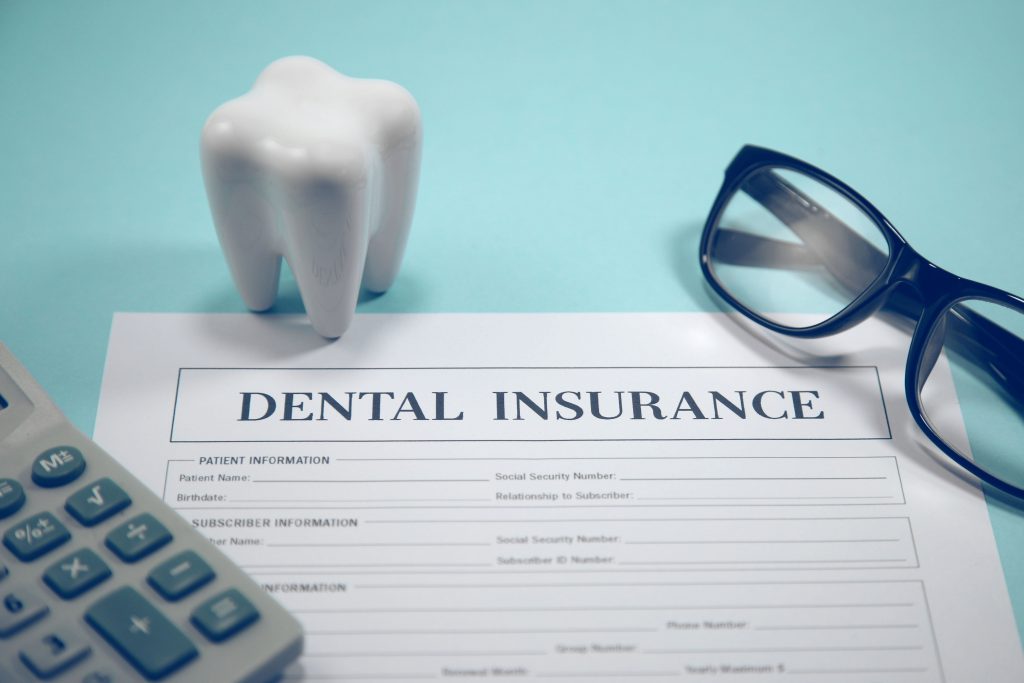DentalInsurance.com has released analyses of dental insurance trends in the top five most populated states, covering financial considerations ranging from premiums and annual caps on benefit expenses to deductible amounts. The states reviewed were California, Texas, Florida, New York, and Pennsylvania and the rate data was current as of last month.

eakasarn/shutterstock.com
California, with 43, had the most plans reviewed followed by Pennsylvania with 38. Texas and New York both had 35 dental plans examined and Florida 34. The plans examined in Pennsylvania had the lowest average premium at $37.17for single coverage. California, in contrast, had an average almost 22 percent higher at $47.61. The average monthly premiums in New York and Texas ($39.31, $39.25) were very close to Pennsylvania’s average while Florida’s was higher $41.92.
Though dental plan offerings varied by region, all states had a broad range of prices accommodating a variety of budgets. On the low-end of the price range were plans such as MetLife’s TakeAlong Dental Low HMO, which could be found in parts of New York for as little as $5.10 a month.
In Florida, Guardian’s Managed DentalGuard was listed at $8.06 in many areas. In all five states, DentalInsurance.com found dental coverage options below $10 a month. These low-cost options were HMO plans and dental discount programs, both of which having narrow dental networks with no coverage for work provided by out-of-network dentists.
PPO dental insurance and indemnity dental plans were typically more expensive but provided greater flexibility for consumers to use their preferred dentists. These plans had caps (known as the “maximum benefit”) on how much an insurer would pay for dental care each year.
The plans reviewed for New York had the lowest maximum benefit at $1,571annually while Pennsylvania had the highest at $1,720. With regard to individual plans, the lowest maximum benefit was $500 per year and the most generous was $5,000. Neither HMO plans nor dental discount programs had a maximum benefit limitation.
Individual deductibles varied from $0 to $150 among the plans examined. The plans in the New York analysis had the lowest average, at $50 for a single enrollee. Pennsylvania’s were at the top of the scale at $66. Family policies often had a per enrollee deductible, though some capped the family deductible (e.g. no more than three deductible per family).
In all states, there are no standardized design of dental benefits. Some plans have comprehensive benefits covering preventive care, minor care (e.g. fillings), and major care (e.g. crowns, root canals, and implants). Others limit their covered services to preventive care and minor care.
Many plans had a dental insurance waiting period before an expensive dental service was available for insurance coverage. These waiting periods may last several months or exceed a year. In Florida, 38 percent of the plans reviewed had no waiting periods.
Orthodonture and cosmetic dentistry are rarely covered by dental plans though an increasing number have introduced some teeth whitening benefits.
Given differences in covered services (at the waiting periods that may attend them) among dental plans, consumers are strongly encouraged to evaluate the details of a plan’s coverage and not shop on monthly premium alone. Uncovered services and waiting periods risk high out-of-pocket costs for unanticipated dental care.
DentalInsurance.com also provides a free guide on 6 Ways to Lower Your Annual Dental Costs.
More data from DentalInsurance.com’s analysis on dental insurance trends for each state can be reviewed through the following links:
California Dental Insurance
Texas Dental Insurance
Florida Dental Insurance
New York Dental Insurance
Pennsylvania Dental Insurance
Launched in 2001 by Mark Kelsey, DentalInsurance.com is the pioneer in the online dental insurance marketplace.
DentalInsurance.com is headquartered in Los Angeles, California, and has an A+ rating from the Better Business Bureau and a 4.8 stars out of 5 on TrustPilot.












